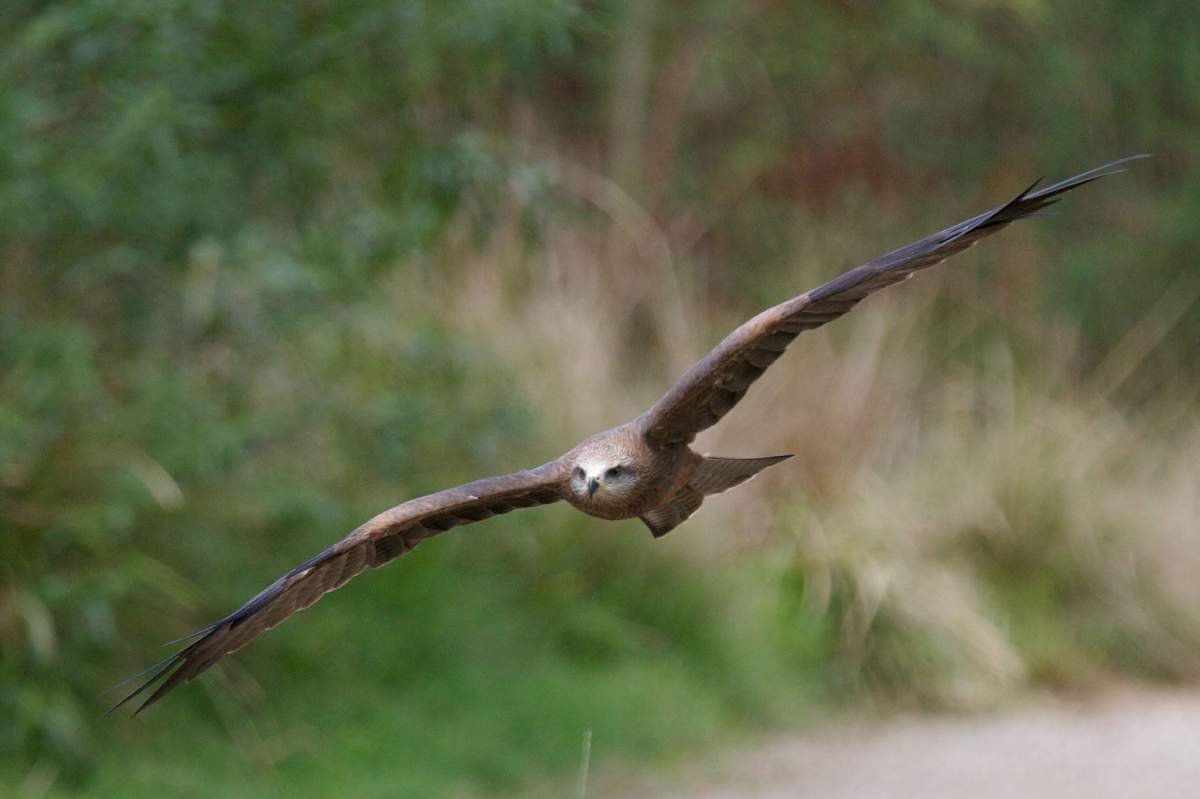
For a long time, most people thought one of the things that make human beings unique are the animals on Earth that can control fire. Even scientists thought so, too.
But Australian aboriginal groups have long known that it isn't true. The Australian savannah has a potential for devastating wildfires, which the aboriginal people have learned to manage with controlled burns. But their efforts are complicated by an adversary, with its own uses for fire.
Australia
So, what other animal uses fire? Aboriginal people in the past have observed that certain Australian birds of prey, or raptors, spread bush fires by carrying burning twigs and sticks in their beaks or talons from the fire over long distances to deliberately set new fires.
Knowledge of this troublesome behavior is even incorporated in their religious practices. In 2017, a team of researchers, working with several aboriginal people, published the first scientifically documented evidence to support these remarkable claims.
Foraging
The birds spread fires because it helps them forage for mice, lizards, and other small animals that are driven out into the open by the fires. These ‘firehawks' frequent the edges of bush fires to catch prey, and spread the fire to new locations for the same reason.
The behavior is clearly intentional, and coordinated with the precision of a pack hunt. What's intriguing is that there are indigenous and aboriginal sacred traditions throughout the world that connect raptors, crows, cockatoos, and other birds to fire, and to the origins of human use of fire.
So, now we need to take these stories seriously. Maybe they have something important to tell us about how humans came to use fire.
If you want to read more about wildfires, you could read about how gopher tortoises provide necessary safety to other animals during wildfires. Or you could read more about the potential thought processes of other birds who know how to use tools, ravens.
Thank you to Natalie Uomini of the Max Planck Institute for the Science of Human History, Jena, Germany for reviewing this episode's script.
Sources And Further Reading:
- Bartels, Meghan. "AUSTRALIAN HAWKS CAUGHT STARTING FIRES TO FORCE PREY INTO WIDE OPEN SPACE." Newsweek. January 18, 2018. Accessed April 18, 2018.
- M. Bonta et al. Intentional Fire-spreading by ‘firehawk' raptors in Northern Australia, Journal of Ethnobiology, 37(4): 700-718.
- Dockrill, Peter. "These Birds of Prey Are Deliberately Setting Forests on Fire." ScienceAlert. January 10, 2018. Accessed April 16, 2018.
- Pickrell, John. "Australian raptors start fires to flush out prey." Cosmos: The Science of Everything. January 12, 2018.
- Weisberger, Mindy. "Burn, Baby, Burn: Australian Birds Steal Fire to Smoke Out Prey." LiveScience. January 9, 2018. Accessed April 18, 2018.









